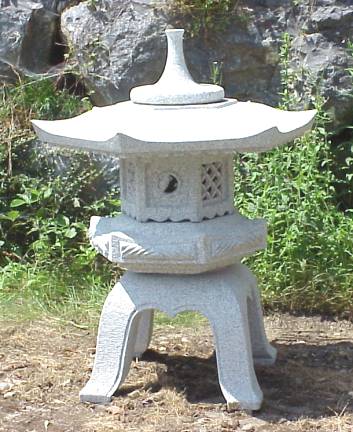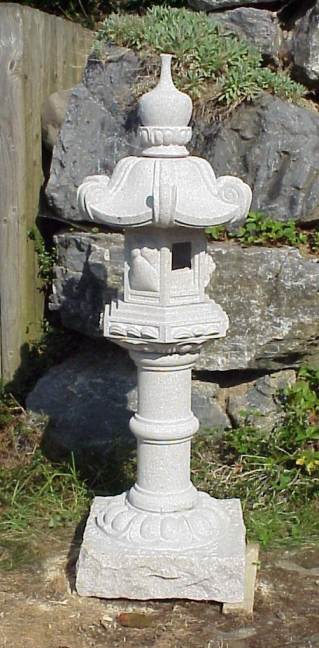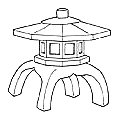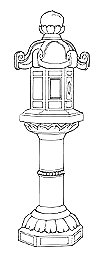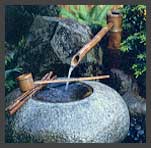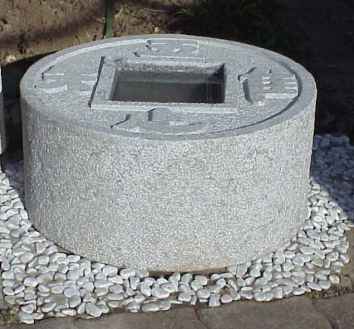Introduction to Japanese Stone Lantern
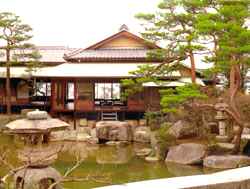 Why do so many first time visitors to Japan- even
those with no interest in trees or flowers- suddenly fall in love with the
gardens? The answer goes well beyond aesthetics to a highly developed
tradition of subtle communication that emanates calm.
Why do so many first time visitors to Japan- even
those with no interest in trees or flowers- suddenly fall in love with the
gardens? The answer goes well beyond aesthetics to a highly developed
tradition of subtle communication that emanates calm.
To the Japanese, gardens are vital lifelines to
mental refreshment. Partly because the country is so crowded- 80% of the
population lives on 3% of the land- the Japanese find it essential to have
a close link with nature.
Even in Tokyo where the eye can be exhausted by the riot of neon, concrete and metal, it is easy to find tranquil retreats. But more profoundly, whether the escape is a narrow strip of earth along a property line or one of the nation's three most famous landscape gardens, all Japanese gardens convey spiritual and philosophical messages. All are designed with the essential cultural understanding that man and nature are one and all aim to express the religious belief that the whole universe is contained in its smallest part.
A private Japanese garden is not an isolated entity. It is designed to be an integral part of the house and extension of the interior, not a garnish around the foundation line.
Because these intimate gardens are
a continuous
view through the seasons, they are not supposed to change drastically
during the year.
